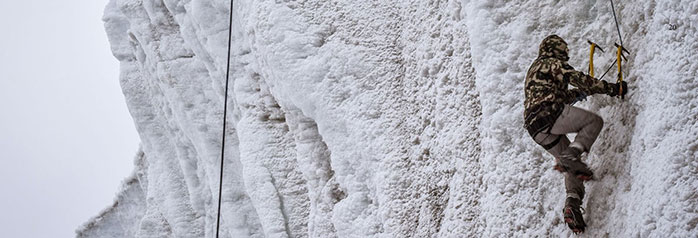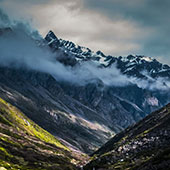Mountaineering is an extremely dangerous sport. It found its roots in India in the 1960’s and from there on it kept growing constantly. Initially, the institutes which provided education to the people enrolling in these courses were meant to cater to the military forces of the country. But, ever since northern Himalaya became a centre of attraction for adventure sports in the country, the institutes opened up for civilians too who wants to venture into this field.
The people who are the most dependent on them are the locals as it gives them an assurance of better livelihood after the course by becoming trek leaders, climbing guides etc. But, there is a huge mismatch in the comprehension of the locals attending these courses and the way in which the instructions are given. This often leads to half knowledge and learning difficulties to these people. Because the methodology carried out here is mainly in lines with the military personnel who have a basic form of education whose comprehension is way higher when compared to the locals.
This is where a component level design intervention is needed, that is introducing new alternative ways of teaching such as instructional videos, whose presumptions are minimum. Derives the context from these locals, builds proper mental models, demonstrates proper usage of technical equipment, builds mnemonics, analogies, proper mental models and explains the significance of the techniques being taught. The result of which should be a proper understanding of the subject, which aids in safe mountaineering practices for themselves and the others as the cost of an error in this field is too high.
Case Study Download:
• Training and Teaching Aids in Mountaineering......


